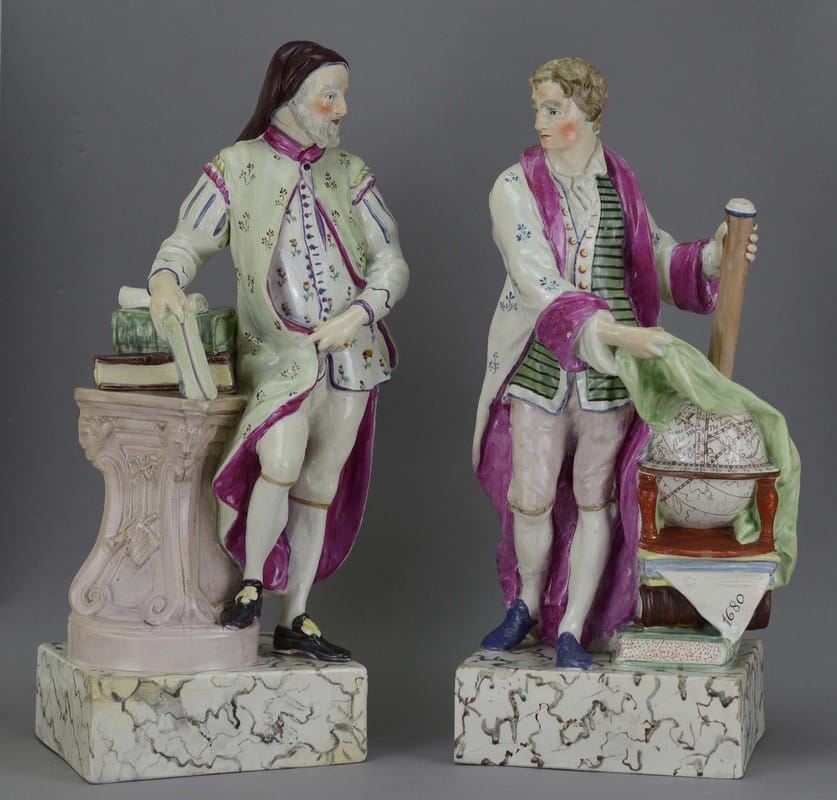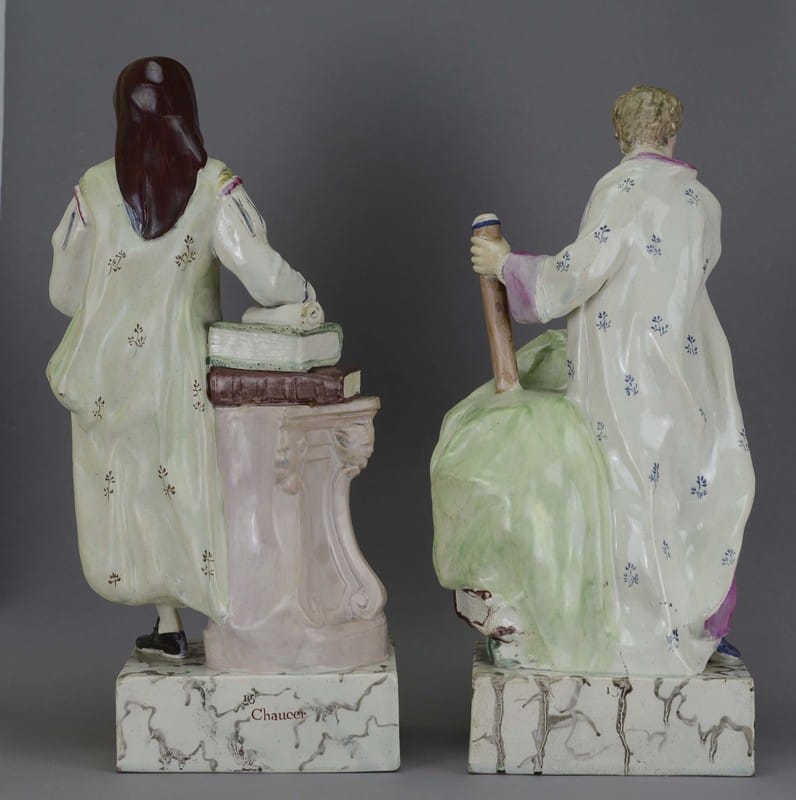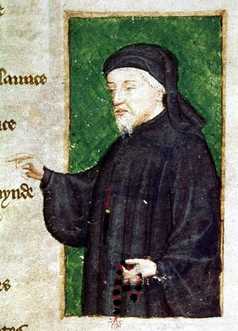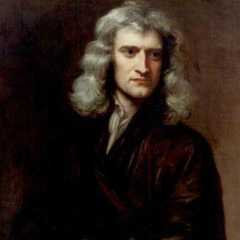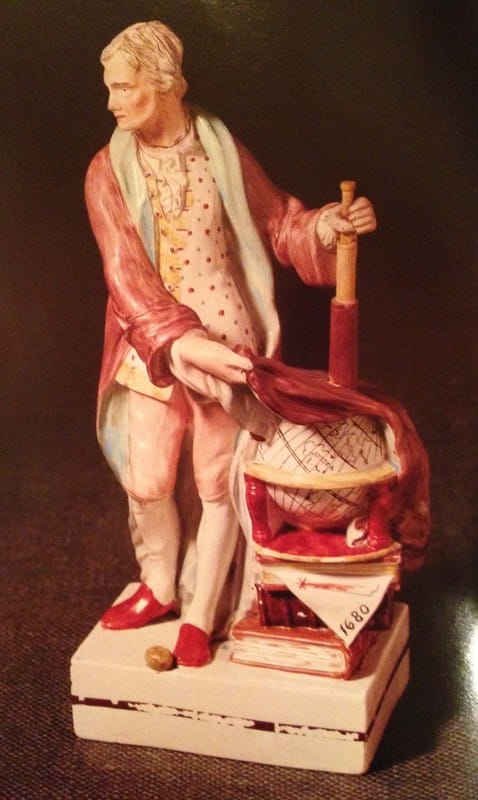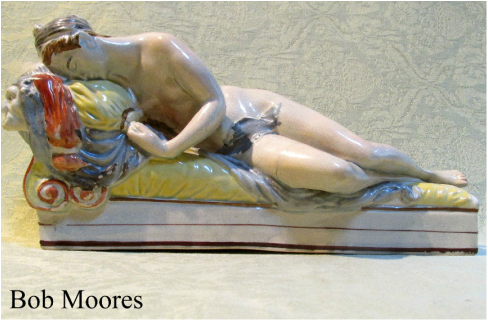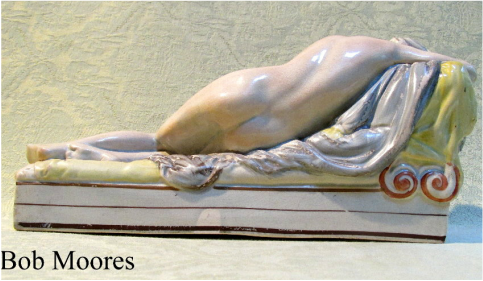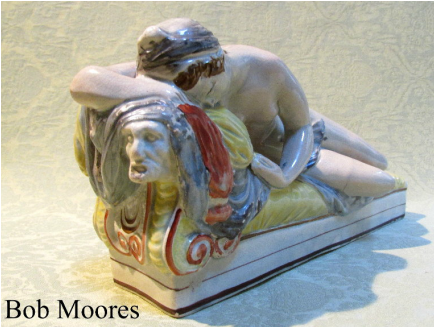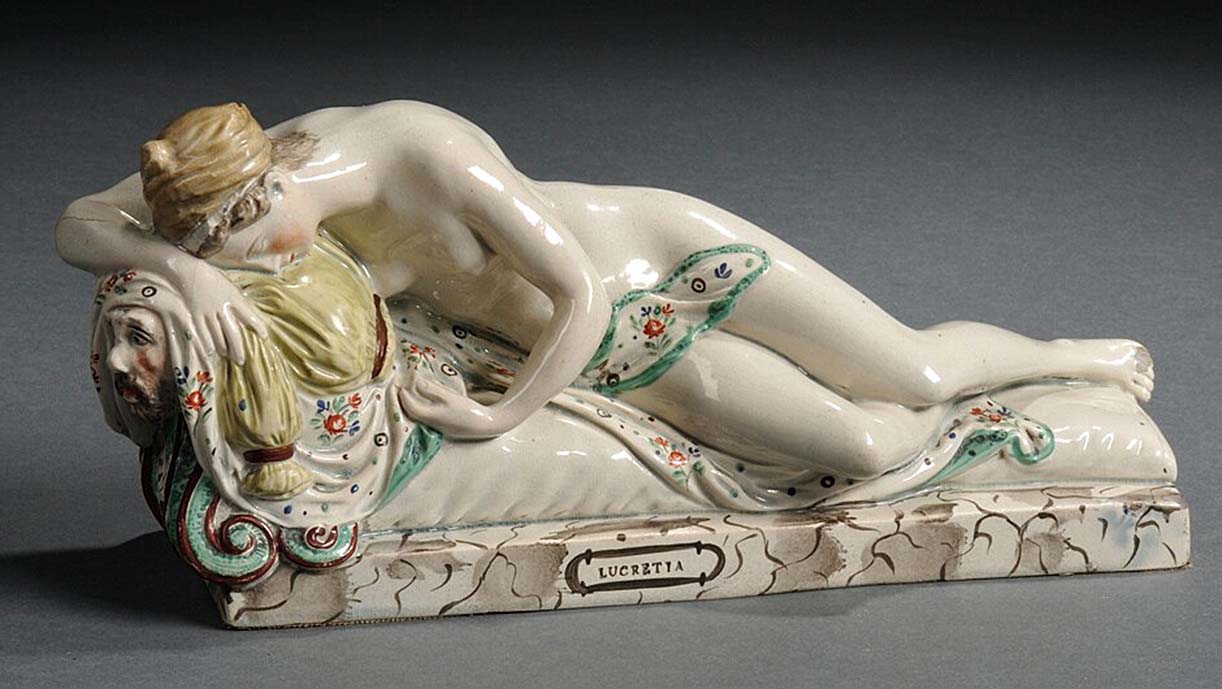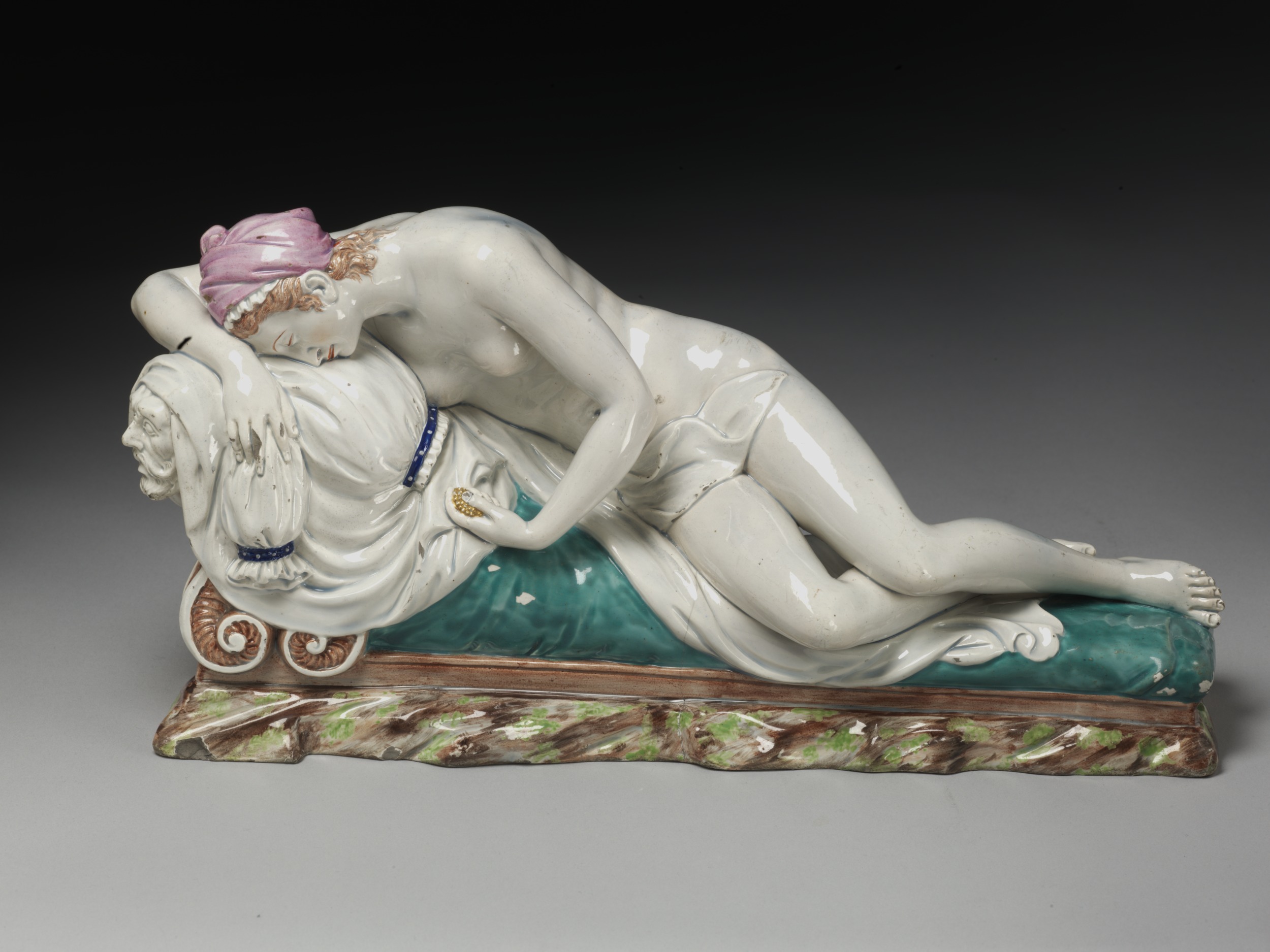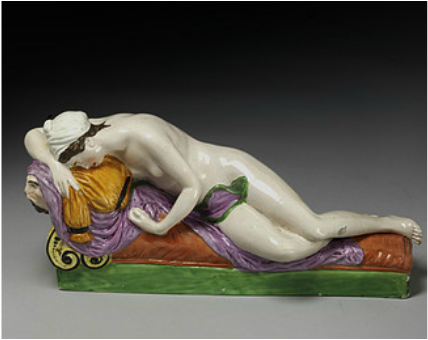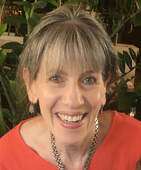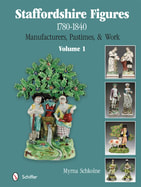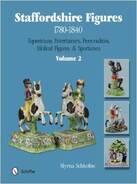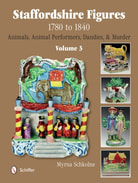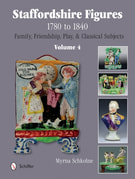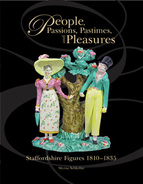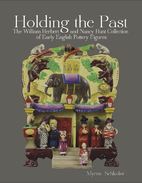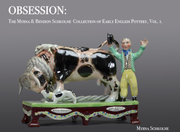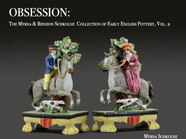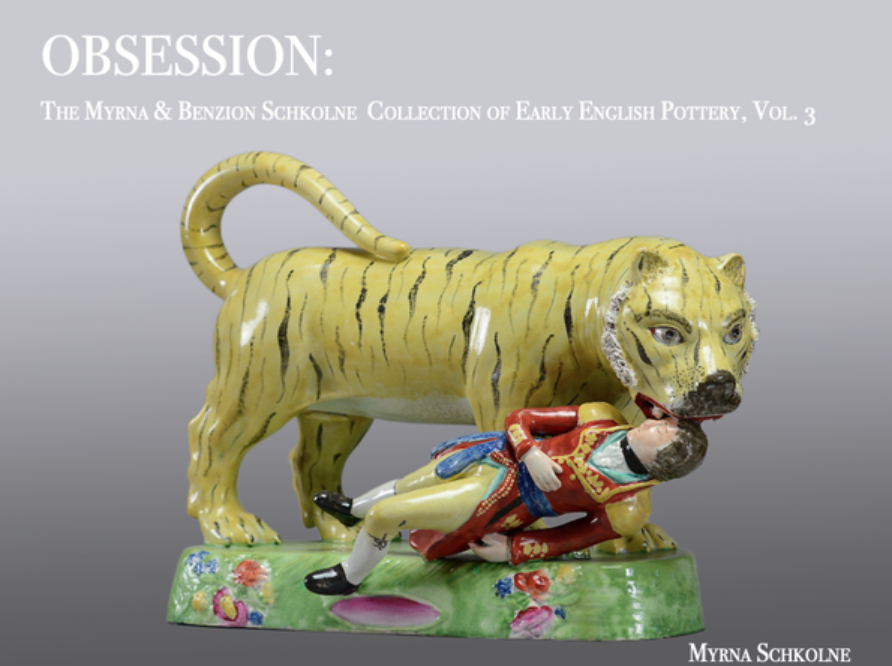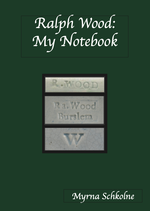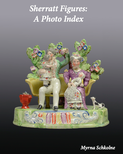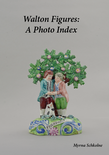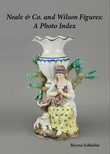Figures of Chaucer and Newton almost always have attributes denoting a Ralph Wood attribution. This means that they are really early figures, having been made between 1782 and 1795. Aside from the Victoria and Albert Museum's pair, I know of no other true pair, and so it was interesting when this very true--and, I might add, quite glorious--pair changed hands recently.
Add to that, Chaucer is titled on the back of the base--a title, if present is normally on the front! Something went wrong in the pot bank that day, and I suspect the title was painted on a Monday, when hang-overs from the weekend's imbibing were commonplace. This is one of those quirky touches that we collectors enjoy. We all feel like idiots often enough (I certainly do), so when we see another's fault staring us in the face 230 years later, we know just how that painter felt when he realized what he had done.
| Geoffrey Chaucer (circa 1343–1400) is known as the father of English literature, and he played a pivotal role in establishing the use of vernacular English in literature at a time when French and Latin were the dominant languages for this purpose. Were it not for Chaucer, I might be typing this text in some other language! The design source for earthenware figures of Chaucer is not known, but possibly a reduced-scale eighteenth-century plaster guided the modeling. A near-contemporary image of Chaucer is found in Thomas Hoccleve'ss Regiment of Princes of 1412, and this influenced all future portrayals of the poet. |
| As we all know, Sir Isaac Newton (1642-1727) is the most acclaimed mathematician and scientist in the history of mankind. The figure of Newton is probably after a reduced-scale eighteenth-century plaster. Newton holds a telespcope in his left hand; this alludes to his work on optics, which culminated in his developing the reflecting telescope. Newton stands beside a celestial globe. The globe rests upon books, from which hangs a page with an impression of a comet on it and the year “1680” painted beneath. This alludes to the Great Comet of 1680, also known as Newton’s Comet. |
| The Leeds Pottery also made figures of Newton that, like the one alongside, are perhaps from the same molds as the Ralph Wood figures, and an example impressed “LEEDS POTTERY” is at Temple Newsam House. The Leeds figure differs in that a small apple is placed on the base, this being an allusion to Newton's discovery of the theory of gravity. I usually like Leeds figures, but, even allowing for the unflattering photo, this Newton is not as lovely as the Ralph Wood versions. And couldn't they have done a better job of that apple? It really looks like something Newton would not want to step on! |
